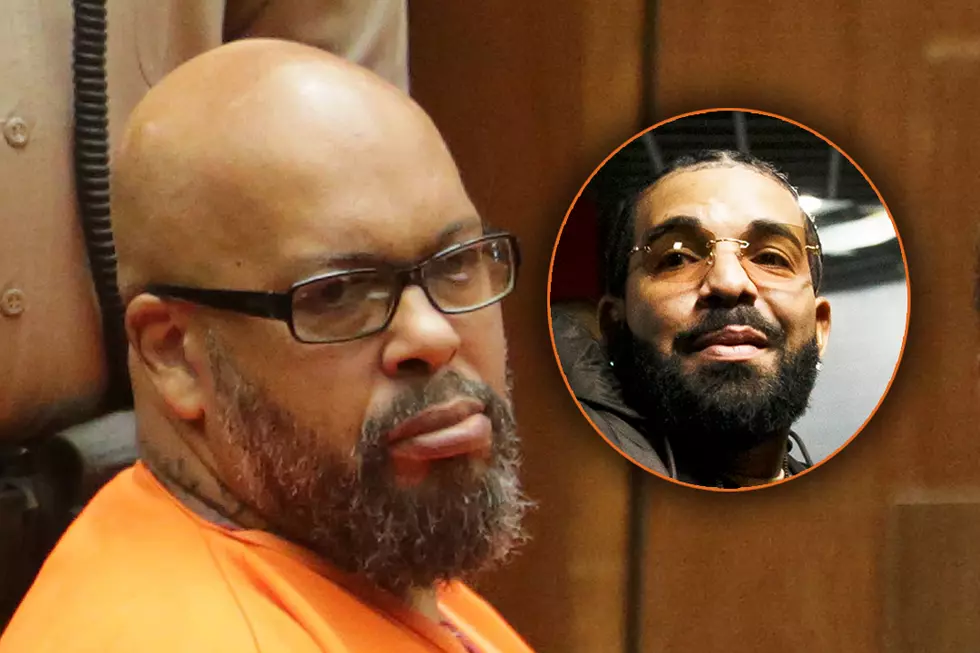
Who Killed It?
So according to the dude in the Stop The Violence t-shirt on the G Train (in NYC) early Monday morning, Hip-Hop is dead…again. “It drowned in champagne, gang initiations and skinny jeans three years ago,” he said to me while looking at the huddled mass of Brooklyn hipsters. His boisterous rant against all things of “this generation” was summed up by this umbrella statement: “All they want to do is party, flash their blood diamonds and stack their paper as tall as their tales.” He looked at me awaiting my approval, but I couldn’t nod.
This decree comes around every few years after the prior generation of fans become nostalgic for the sounds of yesteryear or disenfranchised with the talent of today. Somehow, many equate this to death. The rhetoric of fans, and artists alike, has got to change. Hip-Hop has endured because the people have endured. Regardless of how you feel of the climate of the genre, what started in the razed borough of the Bronx has transcended ethnicity, nationality, religion, language, lifestyle and any class distinctions. That is something to truly behold.
I think hip-hop, like all forms of music, is beautiful. The fact that someone is able to translate thoughts onto paper layered over an arranged composition is mind-blowing. That said, it is up to the individual to accept each definition of beauty presented before them. This is where I agree with the gentleman on the subway. I do not embrace the majority of themes presented in today’s music. Most artists come off sounding like facsimiles of the trend-setters at the forefront of the medium. In most cases, creativity is looked down upon until the masses cling to that once discarded niche—in which case the outsider becomes the norm. But for me to say that this generation of rhyme sayers is putting pennies on the metaphorical eyelids of Hip-Hop is foolish.
The real death of Hip-Hop comes in the form of a five letter word—hatin’.
“Stop Hatin’” is as dumb as a phrase as one that riddled my beloved West Baltimore, “Stop Snitchin’.” The aforementioned command is one that is limiting to the scope of critique.
Example: (names have been changed to protect the innocent)
Rapper: “What did you think of my mixtape?”
Consumer: “On 20 of the 22 songs you rhymed the same words 15 times. Not to mention, you sound like a crack-peddling nerd who makes references to obscure Japanese cartoons that get lost in the punch lines you obviously stole from Kurupt, Cassidy, Drake and Ice-T. Not feeling it.”
Rapper: “Man, stop hatin’!”
Hatin’ and giving an actual, constructive opinion are two different things. This pedagogy has become generational. It is the ugly trait we continue to pass down the line that creates a “chain of fools.” Questioning everything from lyrics to production is very healthy not only for the listener and artist, but for hip-hop as well. Independent of the role you’re playing in this covalent bond of the genre’s hot science, you have to be real with yourself. For the fans, what are you willing to embrace and what will you reject?
And for any performer stepping into the arena, I’ll quote the J-Live lyric from his 2001 song "The Best Part": “So why you in it, for the pocket or the art? Because today’s star got to be tomorrow’s sun, The Best Part.” — Laurence Bass
More From XXL









